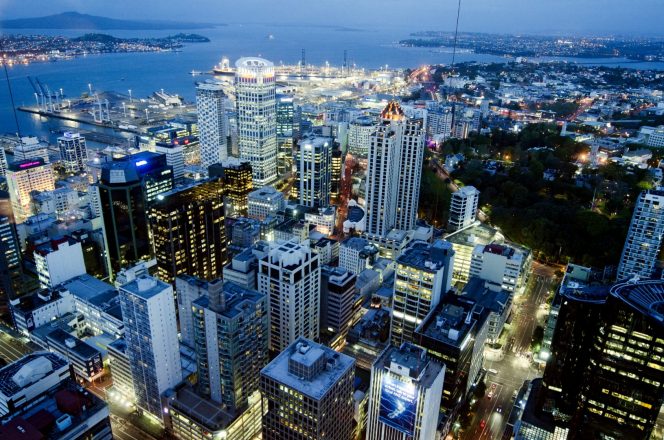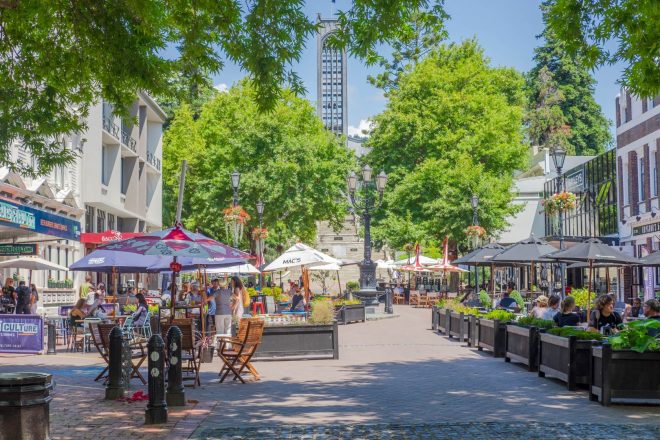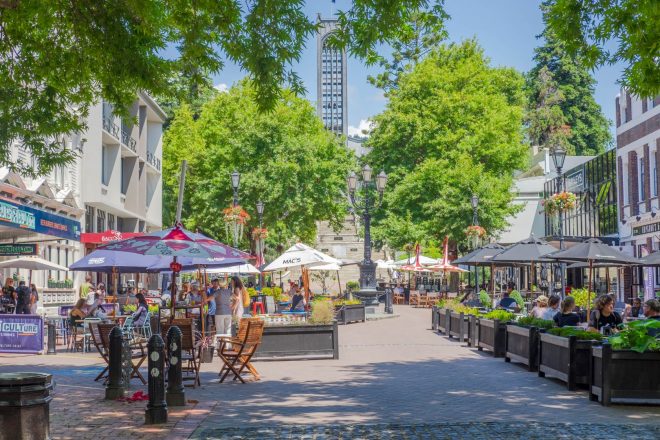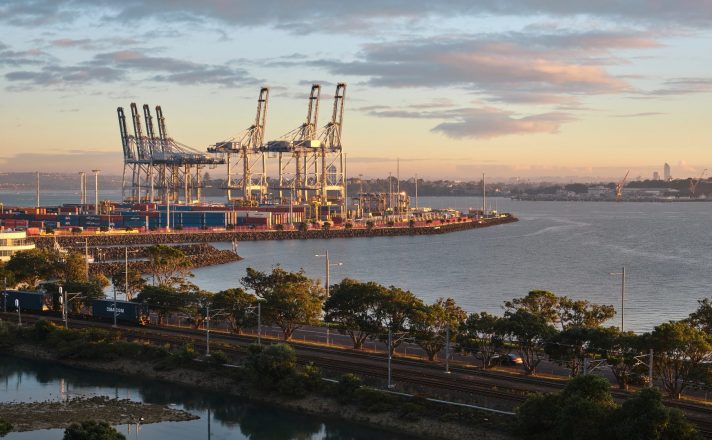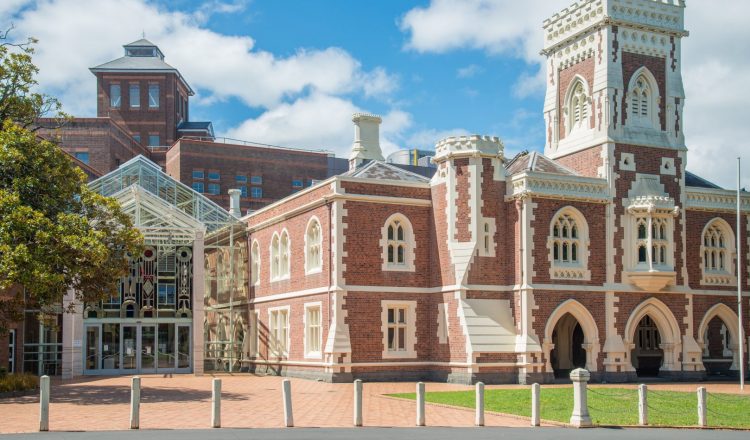Thành lập Công ty con địa phương
Việc thành lập một công ty ở New Zealand nói chung là một quá trình nhanh chóng và đơn giản. Nó có thể được hoàn thành trực tuyến (tại trang web của Văn phòng Công ty New Zealand www.companies.govt.nz ( Văn phòng Công ty ).
Sau khi tên công ty đã được bảo lưu và các tài liệu thích hợp được nộp, việc thành lập có thể được xác nhận trong vòng vài giờ (mặc dù quá trình này có thể bị trì hoãn nếu (các) giám đốc và / hoặc (các) cổ đông được đề xuất có trụ sở ở nước ngoài.
Các yêu cầu kết hợp cơ bản như sau:
(a) Văn phòng đăng ký (và địa chỉ cung cấp dịch vụ) phải ở New Zealand. Luật sư hoặc kế toán có thể cung cấp văn phòng đăng ký của công ty. Công ty không cần phải có địa điểm kinh doanh tại New Zealand.
(b) Công ty phải có ít nhất một cổ đông (nắm giữ ít nhất một cổ phiếu) và ít nhất một giám đốc sống ở New Zealand hoặc sống ở Úc và là giám đốc của công ty đăng ký tại Úc. Cần có sự đồng ý có chữ ký (theo mẫu quy định) của cả (các) giám đốc và (các) cổ đông cho quá trình thành lập.
(c) Ngày, nơi sinh và địa chỉ cư trú của từng giám đốc được đề xuất, và thông tin chi tiết về công ty nắm giữ cuối cùng của công ty được đề xuất (nếu có), phải được cung cấp cho Văn phòng công ty. Nếu giám đốc sống ở Úc và đồng thời là giám đốc của một công ty Úc, thì số ACN của công ty Úc đó cũng sẽ cần được cung cấp.
(d) Nếu (các) giám đốc và / hoặc (các) cổ đông được đề xuất có trụ sở ở nước ngoài, Văn phòng công ty có thể yêu cầu thêm bằng chứng để xác minh danh tính của (các) giám đốc và (các) cổ đông và xác nhận sự đồng ý sở hữu của họ và quản lý công ty. Bằng chứng thường bao gồm bản chính của giám đốc và sự đồng ý của cổ đông được đề cập ở trên, bản sao có chứng thực hộ chiếu (hoặc một hình thức nhận dạng cụ thể khác) và bằng chứng cư trú.
(e) Không cần có hiến pháp chính thức (của New Zealand tương đương với các điều khoản của hiệp hội hoặc điều lệ công ty). Các quyền và nghĩa vụ được quy định trong Đạo luật Công ty 1993 (Công ty Act) được áp dụng theo mặc định. Một công ty có thể tự do thông qua hiến pháp sửa đổi các quy tắc nhất định mà nếu không sẽ áp dụng theo Đạo luật công ty. Tuy nhiên, một hiến pháp được soạn thảo tốt thường mong muốn cho phép một số hoạt động của công ty (ví dụ như mua lại cổ phần, phát hành cổ phiếu có thể mua lại, bồi thường và / hoặc bảo hiểm cho các giám đốc) và cho phép công ty con hoạt động vì lợi ích tốt nhất của công ty mẹ (nếu có)) không được ủy quyền theo Đạo luật công ty.

















































